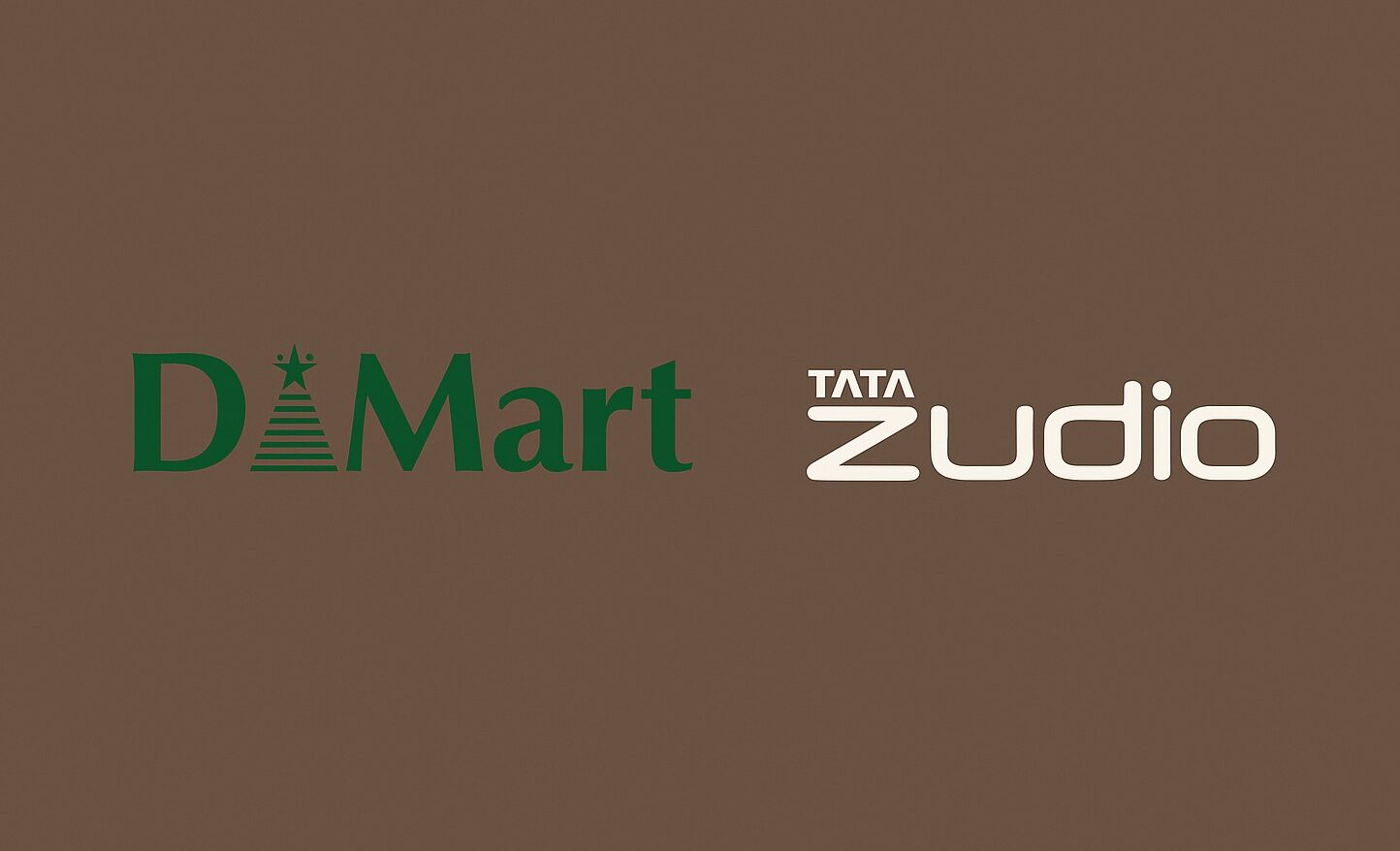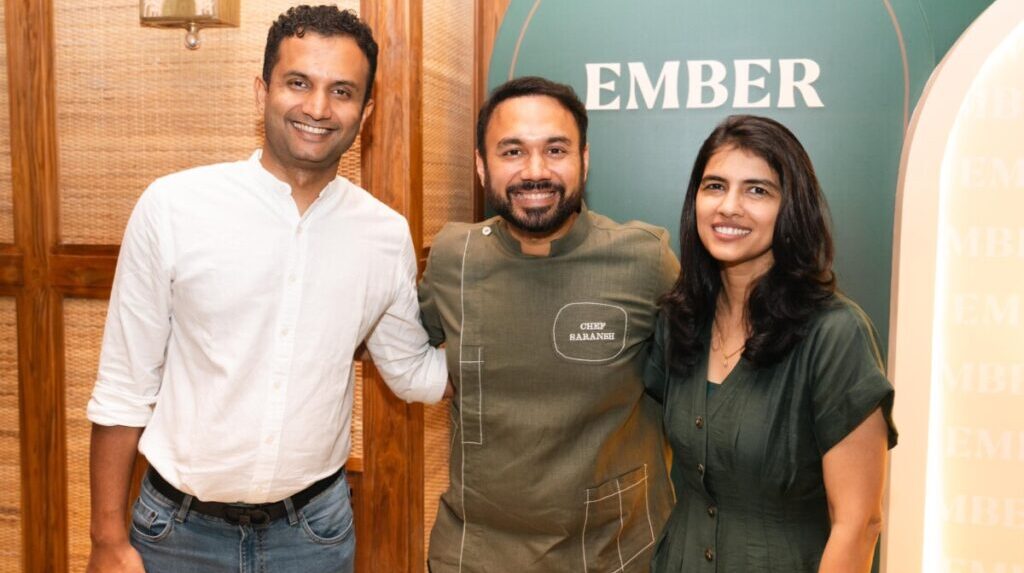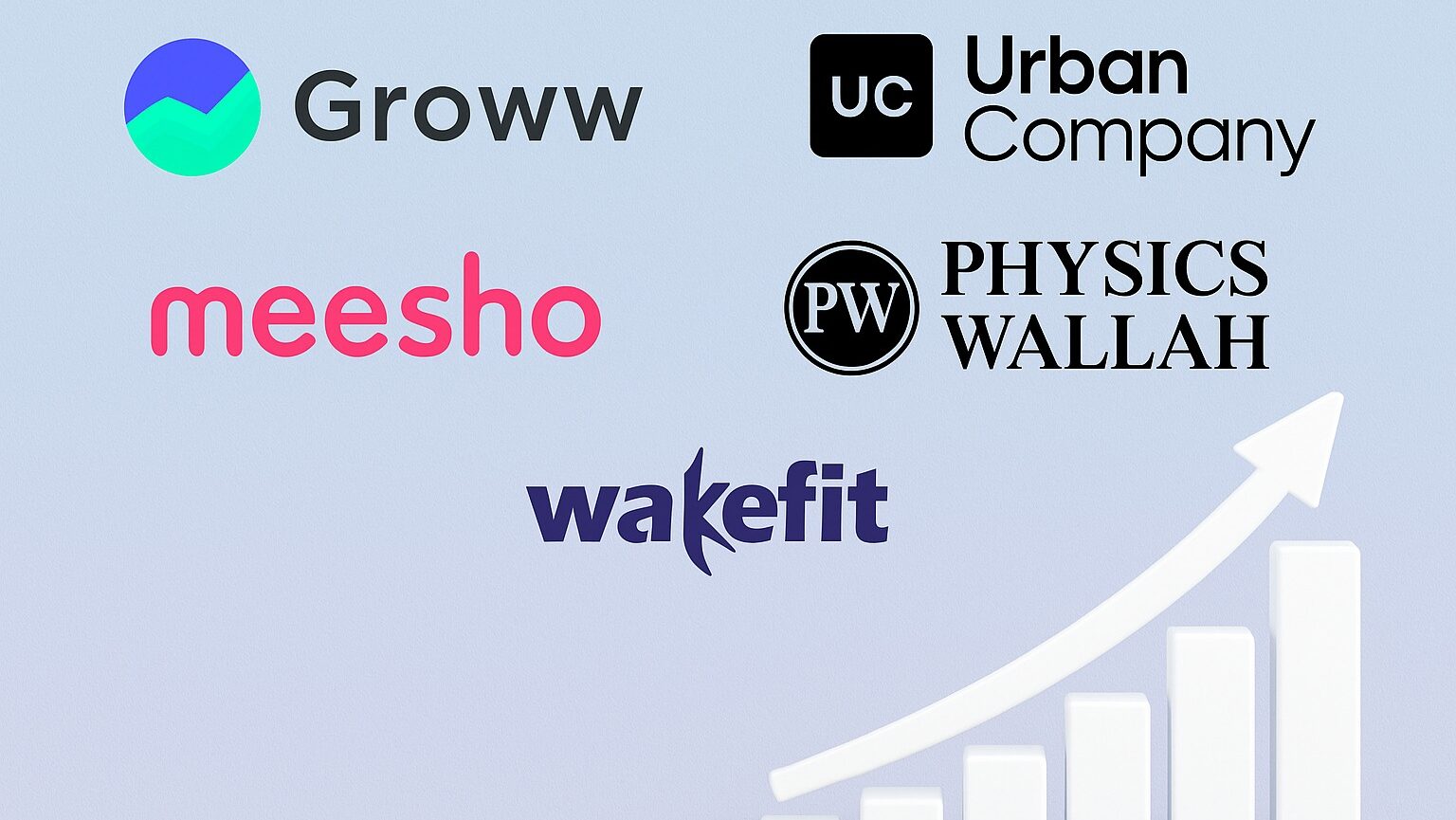For years, Avenue Supermarts Ltd, the operator of DMart, built an enviable retail model around an age-old strategy: attract Indian households with low-margin groceries and convert them to buyers of higher-margin products, especially clothes. But that model is now under pressure as Tata-owned Zudio rewrites the rules of budget fashion retail.
DMart’s latest annual report,
The company generated ₹49,533 crore in revenue in FY24. Groceries, which form the backbone of foot traffic, contributed 56.95% of that, while the apparel segment contributed 22.37%. However, insiders in the retail sector note that much of DMart’s actual profitability stems from its clothing section, owing to better margins.

This dual-engine strategy, volume-led grocery sales coupled with profit-rich apparel, worked for years. But DMart’s Achilles heel was its treatment of apparel like a low-engagement commodity. Stores featured basic racks, minimal visual merchandising, and a utilitarian shopping experience. Customers accepted this trade-off, drawn by unbeatable prices and passable quality.
Then came Zudio.
The Tata Group’s affordable fashion brand, Zudio, has emerged as a disruptor, taking aim directly at DMart’s quietly lucrative apparel play. With a price point as low as ₹299, Zudio offers far more than just affordability, it offers aspiration.
“Zudio didn’t just compete on price, it elevated the entire budget fashion experience,” says Alpana Razdan, Country Manager at Falabella and an industry insider who has visited Zudio’s production units during design and sourcing cycles.
The brand’s strategy includes:
- Stylish, well-lit store layouts that mirror premium fashion environments
- Inventory refresh cycles every 15 days, ensuring constant variety
- Fashion-first approach, backed by agile production and creative design
These moves have paid off. According to The Economic Times, Zudio crossed the $1 billion revenue mark in FY25, driven by rapid expansion, strong word-of-mouth, and deep resonance with Indian consumers looking for both value and style.
“Indians are aspirational, even when they are budget-conscious,” Razdan says. “They’ll compromise on price, but not on dignity.”
This shift in consumer behavior spells a strategic challenge for DMart. Its loyal customer base, initially attracted by grocery savings, now expects more from their apparel purchases. Zudio’s entry forces the question: Can DMart continue to rely on basic clothing formats in a country increasingly driven by affordable fashion experiences?
Retail analysts say that DMart will need to rethink its approach. “The price-value equation is evolving,” says a Mumbai-based retail consultant. “Experience is no longer the privilege of premium brands. Even mass-market players must engage customers on a sensory and emotional level.”
Zudio’s rise reflects a broader transformation in Indian retail, where experience, design, and aspiration are no longer exclusive to the top end of the market. It’s a reality that players like DMart must now contend with, especially if they want to defend their high-margin turf.
As Indian consumers evolve, the message is clear: the battle for wardrobes isn’t just about pricing. It’s about how you make people feel when they walk into your store and when they walk out with their purchase.
This article was inspired by insights shared in a post by Alpana Razdan, Country Manager at Falabella, on The Economic Times Corporate Network.
Also Read: Zudio, Westside, and the Real Cost of Fast Fashion in India

























